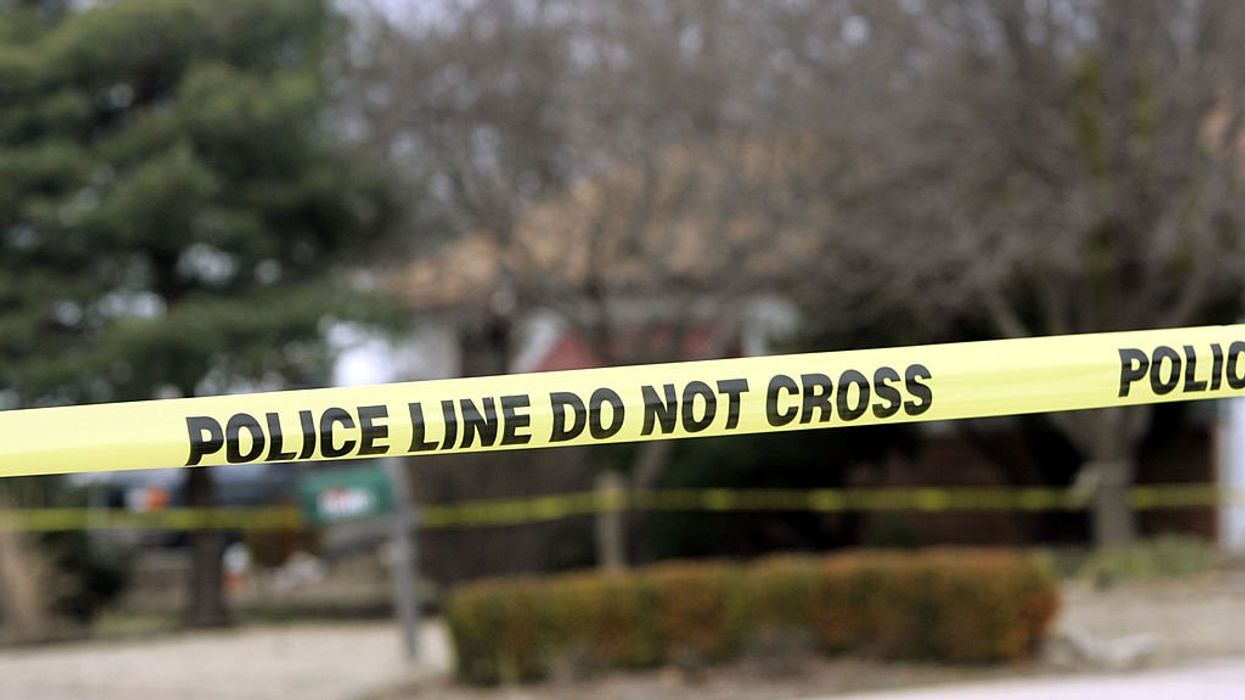
© 2024 Blaze Media LLC. All rights reserved.
“While many other cancers, such as lung cancer, are decreasing, rates of melanoma...are increasing."
WASHINGTON (TheBlaze/AP) — Gone are the days of parasols and pale skin. With Americans favoring a tanned glow instead, a new report found that the deadliest form of skin cancer has jumped 200 percent in the last four decades.
The acting U.S. surgeon general is asking Americans to give up their love of sunbathing and indoor tanning beds, given the alarming rise in melanoma cases diagnosed since 1973.
 Stop sunbathing and using indoor tanning beds, the acting U.S. surgeon general warned in a report that cites an alarming 200 percent jump in deadly melanoma cases since 1973. (AP/Gregory Bull)
Stop sunbathing and using indoor tanning beds, the acting U.S. surgeon general warned in a report that cites an alarming 200 percent jump in deadly melanoma cases since 1973. (AP/Gregory Bull)
Rear Adm. Boris Lushniak said in a new report that nearly 5 million people in the U.S. are treated for all forms of skin cancer each year at a cost of $8 billion. More than 63,000 new cases of melanoma are diagnosed in the U.S. each year and nearly 9,000 people die from it, the report said.
“While many other cancers, such as lung cancer, are decreasing, rates of melanoma -- the deadliest form of skin cancer -- are increasing,” Assistant Secretary for Health Dr. Howard Koh, said in a statement. “As a skin oncologist who worked in this field for many years, I have cared for both the young and old with skin cancers. Almost all of these cancers were caused by unnecessary ultraviolet radiation exposure, usually from excessive time in the sun or from the use of indoor tanning devices.”
 An example of melanoma. Some of the warning signs include irregular borders and different colors. (Image source: National Cancer Institute)
An example of melanoma. Some of the warning signs include irregular borders and different colors. (Image source: National Cancer Institute)
Lushniak said that state and local officials should do more to help people cover up, such as providing more shade at parks, and that colleges should discourage indoor tanning beds on their campuses, much as they would tobacco use.
“Tanned skin is damaged skin, and we need to shatter the myth that tanned skin is a sign of health,” Lushniak said. “When people tan or get sunburned, they increase their risk of getting skin cancer later in life.”
Watch this report from WPIX-TV about the surgeon general's warning:
—
Front page image via Shutterstock.
Want to leave a tip?
We answer to you. Help keep our content free of advertisers and big tech censorship by leaving a tip today.
Want to join the conversation?
Already a subscriber?
more stories
Sign up for the Blaze newsletter
By signing up, you agree to our Privacy Policy and Terms of Use, and agree to receive content that may sometimes include advertisements. You may opt out at any time.
© 2024 Blaze Media LLC. All rights reserved.
Get the stories that matter most delivered directly to your inbox.
By signing up, you agree to our Privacy Policy and Terms of Use, and agree to receive content that may sometimes include advertisements. You may opt out at any time.


